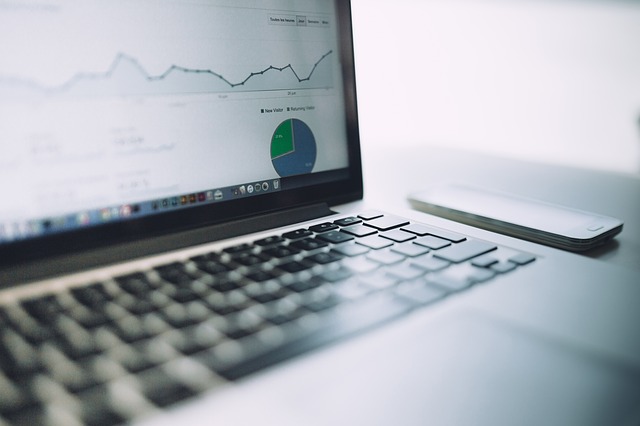Using Web Analytics to Improve the University Digital Experience

Web analytics consist of collecting, reporting and analyzing website data to help improve the experience of every user visiting a specific web property. Analytics allow companies to improve users’ digital experiences by monitoring visitor’s web journeys, determining what causes UX bottlenecks and making data-driven design changes that will help users find what they’re looking for online faster . In a university setting, web analytics can greatly benefit the student’s digital experience. By understanding each user’s overall engagement data, schools can reach prospective students and increase their web conversion and engagement rates.
How to Start with Web Analytics
The simplest way to start with web analytics is to install Google Analytics on your university’s website. This is a simple and straightforward process. It allows school / program administrations to gather quick insights with regards to web visits. Some of the ‘out-of-the-box’ data points Google Analytics offers include: number of visitors, session duration, bounce rates, time on page and more.
Google Analytics – quick summary
Google Analytics is one of the easiest tools to set-up and use to help companies see data about their web visits. Simply sign up for Google Analytics (required), add a tracking code that can be pasted onto the company pages (in the header of each page), and once your account is confirmed, data linked to your site becomes available in the Google Analytics web browser.
Google Analytics is one of the most widely used analytics services on the web. It allows companies to track landing page quality, conversion rates and engagement rates. It offers various tools and techniques to help companies manage their sites. For example, Google Analytics makes it possible to identify poorly performing pages by using funnel visualization and the location of visitors who come to the company website. The most recent update to Google Analytics (2018) also offers alerts tied to the overall performance of a page, such as page load times and higher than usual page abandonment rates.
Web Analytics in a University Setting
Web analytics allows companies to monitor the performance of the traffic coming to a specific website. Many universities and colleges currently use the free version of Google Analytics to track how current or future students are interacting with their websites.
Having some analytics on your university website is just the first step. If universities really want to get serious about meaningful analytics, they need to consistently take the time to monitor the performance of their website or at least choose to work with one of the many web analytics service providers.
Most colleges and universities are not spending time figuring out their bounce rates (the rate at which visitors are leaving the website) or the reasons behind low conversion rates (why visitors are not actively engaging with the desired actions presented on the page).
A research and analytics associate at consultancy Ruffalo Noel Levitz, Alan Etkin, says “Web analytics in higher education is “widespread, but in my opinion it’s not used in a very sophisticated manner”
Universities usually only track what is happening on the website – without having the proper tools and personnel to turn data into insights. It is essential for school administrators to track the whole user journey of an online visit- starting from the advertising funds spent on marketing and the patterns of behavior of prospective students when reaching an educational website. This will help to exponentially increase the number of users that visit the website and actually interact with the material presented therein. One way to leverage customer loyalty programs and maintain long-term relationships with visitors, is for schools to incorporate predictive analytics.
But Google Analytics is not the only analytics software college administrators should consider.
Using Predictive Analytics
According to Kyros Insights, predictive analytics involves using data, statistical algorithms, and machine learning to determine how the website will perform in the future based on previous data. Predictive analytics uses advanced software to give critical information from a customer’s data trail. Schools can use predictive analytics to help increase their loyalty programs by…
- Targeting recommendations: By targeting students who are likely to be actively engaged with the loyalty program, schools are able to get higher conversion rates by matching recommendations to the student profiles.
- Personalized Rewards: Providing personalized rewards creates a mutually beneficial relationship between the school and the students.
- Promotions at the right time: Using a model that captures the attention of students at the appropriate times, results in more sales.
- Predicting customer value: Identifying worthwhile members for engagement, creates a long term relationship to help generate the greatest amount of wealth.
This article comes from JGBilling, a Chicago-based medical coding company.







